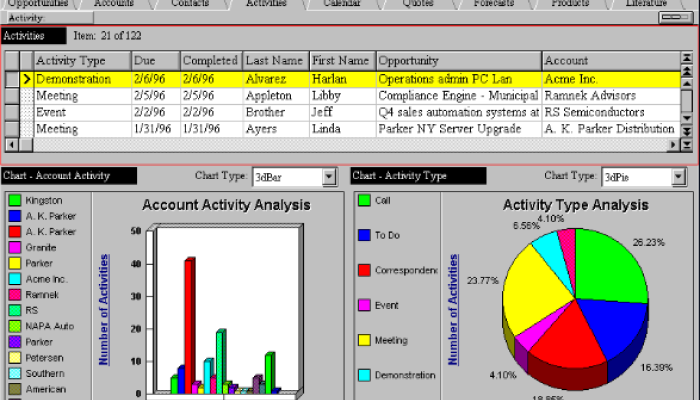
It’s no secret that we like to poke fun at the fast-talking sales influencers and self-styled sales gurus that clog up our news feeds with their half-baked advice. But long before social media (or the internet, for that matter), Dale Carnegie pioneered the art of the self-help and salesmanship seminar, culminating in the publishing of his most famous book, How to Win Friends and Influence People, which, still to this day, makes nearly every list of recommended sales books in the world.
Dale Carnegie was born Dale Carnagey, just one example of his belief in the power of self-reinvention. His parents were impoverished farmers who lived in Missouri; Dale said he had to get up at 3 a.m. to feed the pigs and milk his parents' cows before going to school. He became interested in public speaking at a young age, joining the school’s debate team and attending Chautauqua assemblies, events which brought entertainment to rural communities and featured popular speakers, musicians, and preachers.
After high school, Dale attended State Teacher’s College in Warrensburg. After graduating, he got his first sales job, selling correspondence courses to ranchers. He moved on to selling bacon, soap, and lard for Armour & Company, and was so successful that his sales territory of South Omaha, Nebraska, became the national leader for the firm.
Once he’d managed to save up $500, Carnegie quit sales in 1911 and moved to New York to try to make it as an actor. He quickly decided the theater life wasn’t for him, and once the traveling show he was working on wrapped, he found himself down and out, living in a YMCA in New York City, short on money and opportunities, but still possessing his self-belief, dreaming of how he was going to make his mark on the world.
It was then that he had an idea. He recalled how his fellow students had offered to pay him to teach them public speaking, so he persuaded the YMCA manager to allow him to instruct a public speaking class in return for 80% of the net proceeds. In the middle of his first session, he ran out of material. Improvising, he suggested that students speak about "something that made them angry", and discovered that the technique made speakers unafraid to address a public audience.
The classes were an instant hit. Within two years, he had left the YMCA and opened up his own academy, making about $500 (equivalent to about $12,900 today) every week. In 1913, he published his first book, Public Speaking and Influencing Men of Business, using it as a textbook for his courses. After the book came out, Carnegie changed his name from its original spelling, "Carnagey," to "Carnegie," undoubtedly a marketing ploy to associate himself with steel magnate Andrew Carnegie, one of the richest men in the world.
In 1936, Carnegie published How to Win Friends and Influence People. Despite its modest initial print run of 5,000 copies, the book became a mammoth best-seller, selling nearly 5 million copies during his lifetime while being translated into every major language.
Carnegie’s influence can still be felt to this day, not only from the impact of his most famous book, but his influence on the world of self-help and non-fiction book publishing. By the time of his death in 1955, an estimated 450,000 people had taken his classes across the globe. It makes us wonder: if Carnegie had an Instagram account and a Facebook ads budget, just how popular would he be today?







